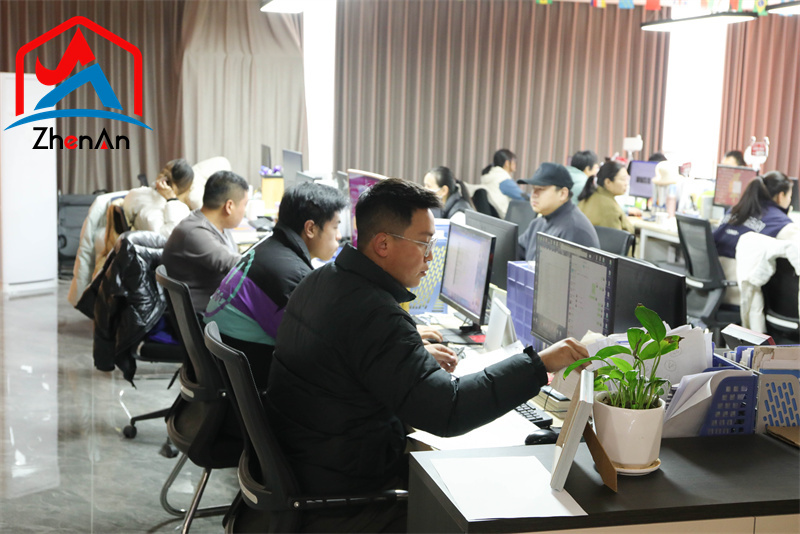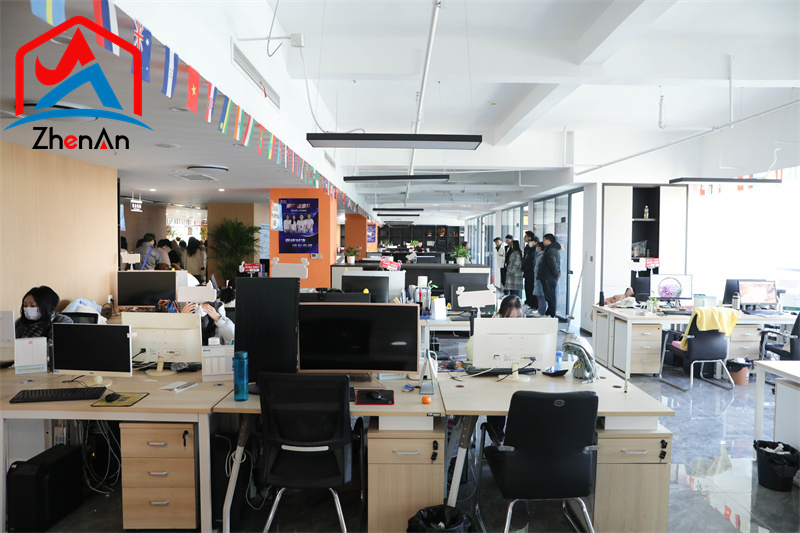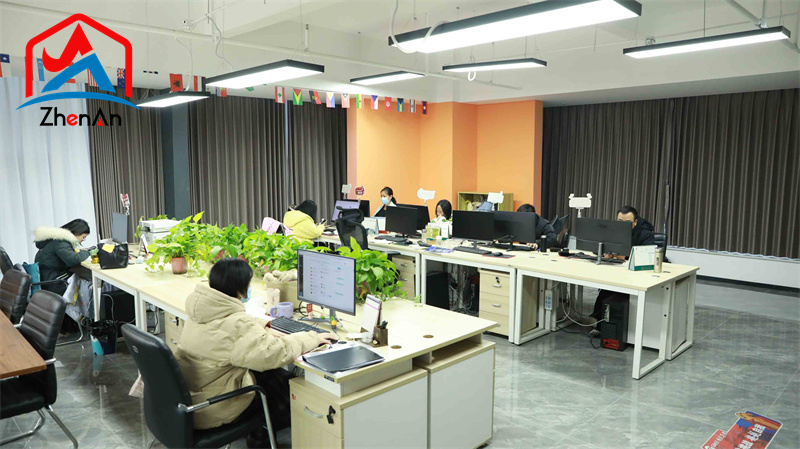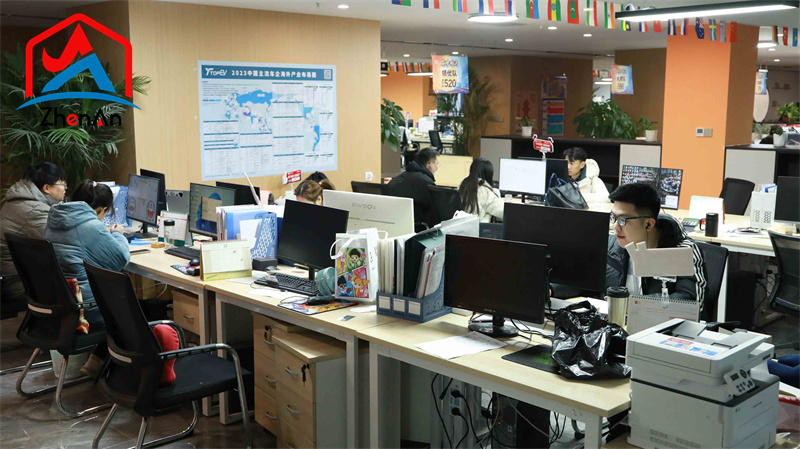In addition to being used to make steel, ferrosilicon is also used as a deoxidizer in the smelting of magnesium metal. The steelmaking process is a process in which molten iron is decarburized and removes harmful impurities such as phosphorus and sulfur by blowing oxygen or adding oxidants. During the process of making steel from pig iron, the oxygen content in the molten steel gradually increases, and is generally represented by FeO exists in the molten steel. If the excess oxygen left in the steel is not removed from the silicon-manganese alloy, it cannot be cast into a qualified steel billet, and steel with good mechanical properties cannot be obtained.

To do this, it is necessary to add some elements that have a stronger binding force with oxygen than iron, and whose oxides are easy to exclude from the molten steel into the slag. According to the binding strength of various elements in molten steel to oxygen, the order from weak to strong is as follows: chromium, manganese, carbon, silicon, vanadium, titanium, boron, aluminum, zirconium, and calcium. Therefore, iron alloys composed of silicon, manganese, aluminum, and calcium are commonly used for deoxidation in steelmaking.

Used as alloying agent. Alloying elements can not only reduce the impurity content in steel, but also adjust the chemical composition of steel. Commonly used alloying elements include silicon, manganese, chromium, molybdenum, vanadium, titanium, tungsten, cobalt, boron, niobium, etc. Steel grades containing different alloying elements and alloy contents have different properties and uses. Used as reducing agent. In addition, ferrosilicon can be used as a reducing agent for the production of ferromolybdenum, ferrovanadium and other iron alloys. Silicon-chromium alloy and silicon-manganese alloy can be used as reducing agents for refining medium-low carbon ferrochromium and medium-low carbon ferromanganese respectively.

In short, silicon can significantly improve the elasticity and magnetic permeability of steel. Therefore, silicon alloys must be used when smelting structural steel, tool steel, spring steel and silicon steel for transformers; general steel contains 0.15%-0.35% silicon, structural steel contains 0.40%-1.75% silicon, and tool steel contains Silicon 0.30%-1.80%, spring steel contains silicon 0.40%-2.80%, stainless acid-resistant steel contains silicon 3.40%-4.00%, heat-resistant steel contains silicon 1.00%-3.00%, silicon steel contains silicon 2%- 3% or higher. Manganese can reduce the brittleness of steel, improve the hot working performance of steel, and increase the strength, hardness and wear resistance of steel.




